Optimal Timing for Concrete Installations
Determining the optimal time for concrete installations involves considering weather conditions, temperature, and humidity. Proper timing ensures durability and quality of the finished surface. In Jackson, Tennessee, the most suitable periods are during mild temperatures with low humidity, typically in late spring and early fall.
Concrete sets best in temperatures between 50°F and 85°F with minimal rainfall. Extreme heat or cold can affect curing and strength.
Spring and fall offer the most stable weather for concrete work, reducing risks of cracking or improper curing.
High temperatures accelerate setting times, increasing the risk of cracking. Cold temperatures can delay curing and reduce strength if not managed properly.
High humidity can slow evaporation, affecting curing. Low humidity helps achieve optimal curing conditions.

Spring offers moderate temperatures ideal for concrete installation.
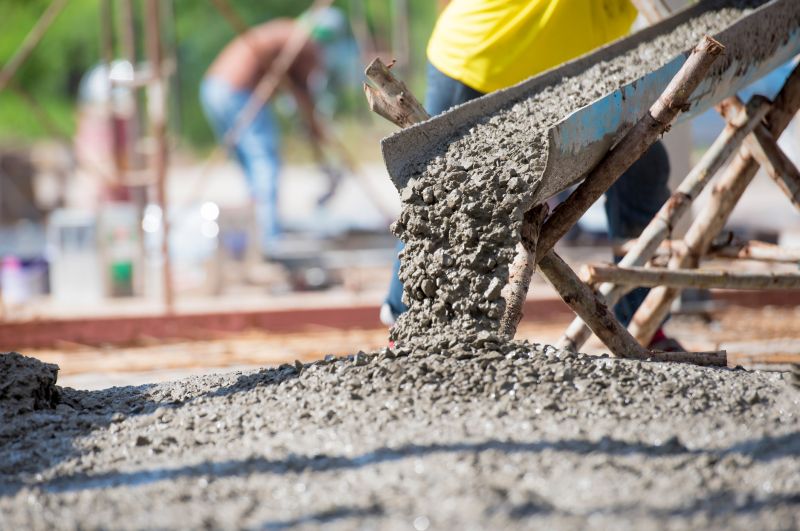
Fall provides cooler weather with less rain, suitable for concrete projects.

Monitoring weather conditions ensures optimal timing for concrete work.

Ways to make Concrete Installations work in tight or awkward layouts.

Popular materials for Concrete Installations and why they hold up over time.
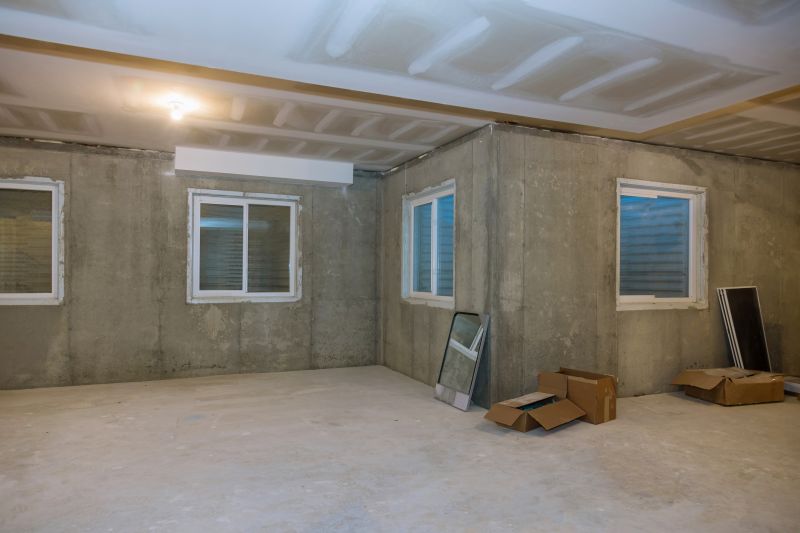
Simple add-ons that improve Concrete Installations without blowing the budget.
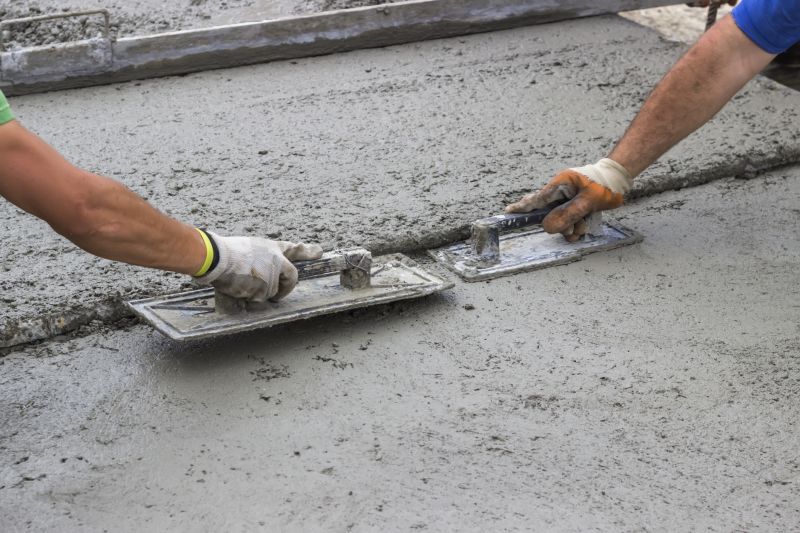
High-end options that actually feel worth it for Concrete Installations.
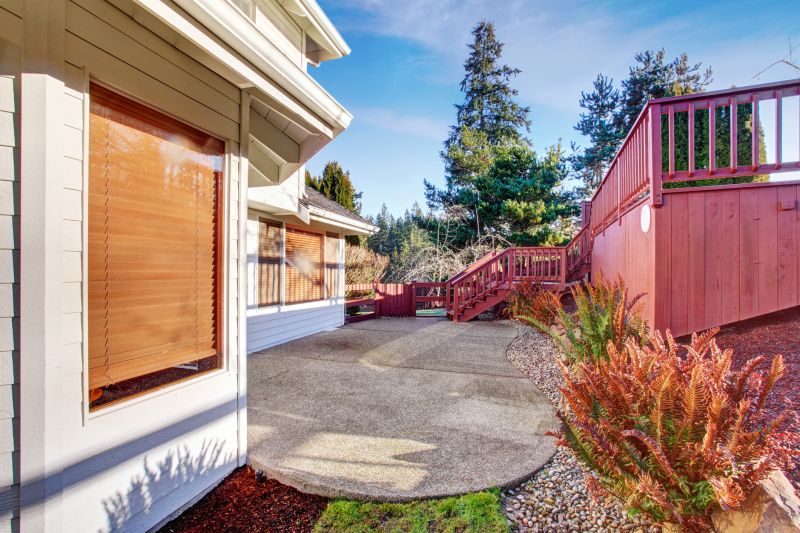
Finishes and colors that play nicely with Concrete Installations.
| Season | Temperature Range |
|---|---|
| Spring | 50°F - 70°F |
| Summer | 70°F - 85°F |
| Fall | 50°F - 70°F |
| Winter | Below 50°F |
Concrete installations require precise timing to ensure structural integrity and longevity. Proper scheduling based on weather conditions minimizes risks such as cracking, uneven curing, and surface defects. Understanding seasonal variations and temperature impacts helps in planning effective projects, reducing the need for repairs or rework.

Spring's mild weather supports optimal curing conditions.
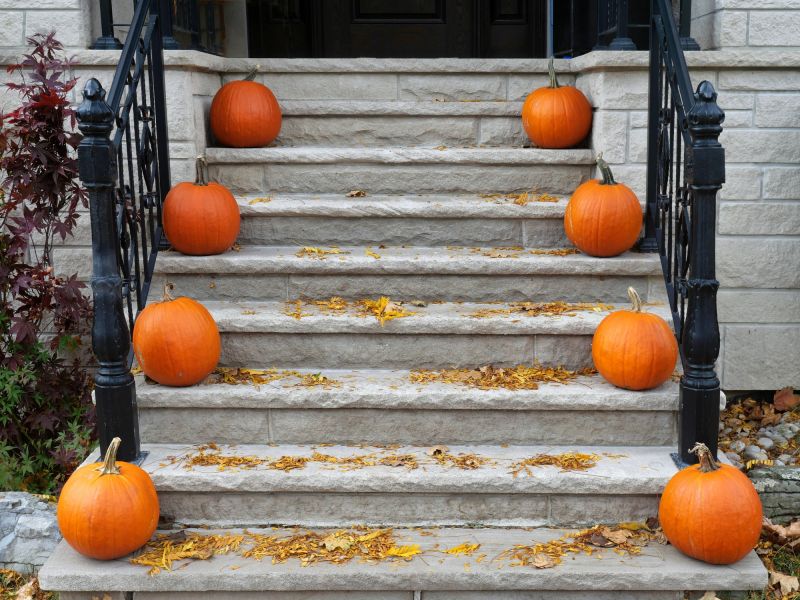
Fall's cooler temperatures aid in proper setting and curing.
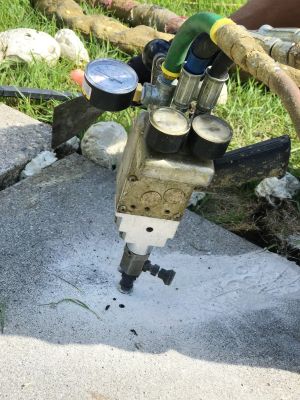
Using weather tools helps determine the best time for concrete work.

Little measurements that prevent headaches on Concrete Installations day.
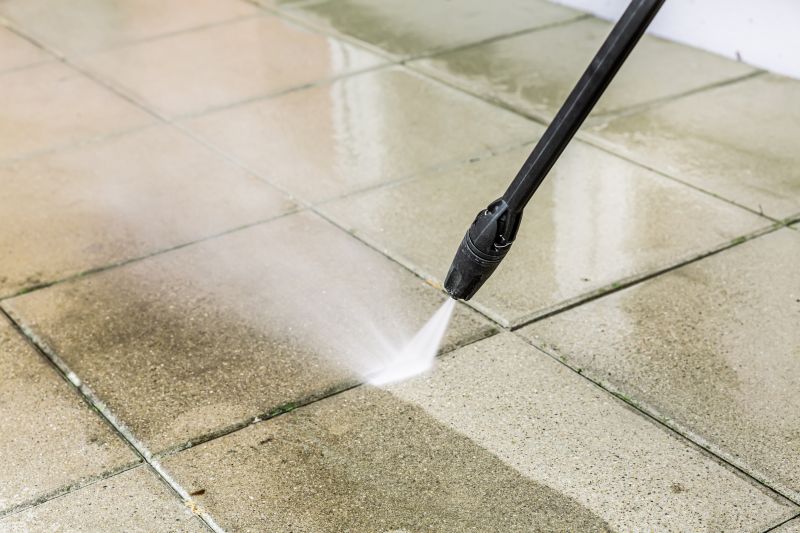
A 60-second routine that keeps Concrete Installations looking new.
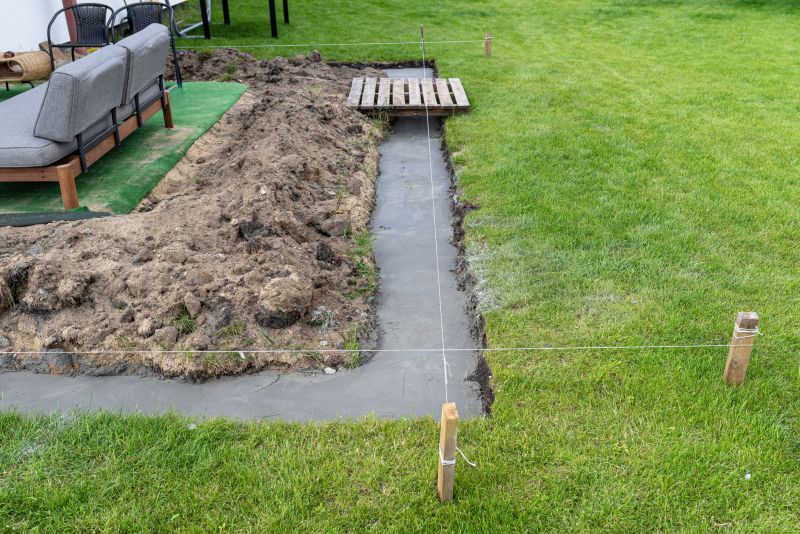
A frequent mistake in Concrete Installations and how to dodge it.
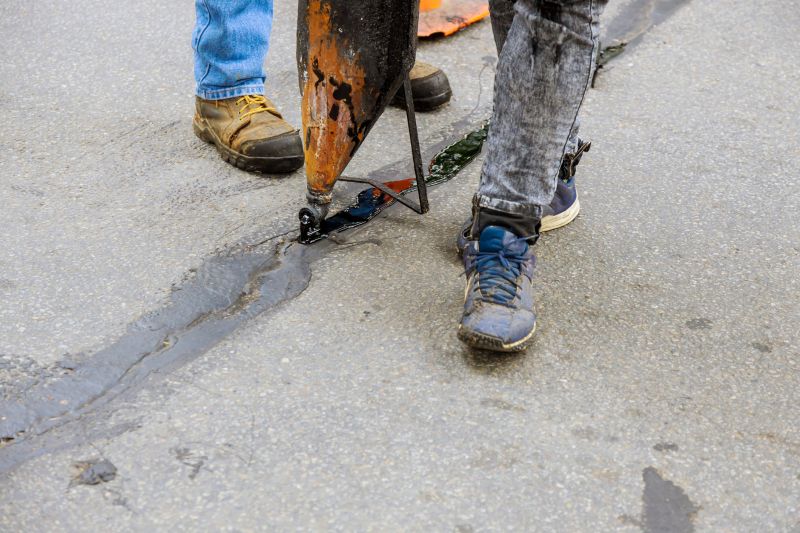
Proper curing is essential for durability.
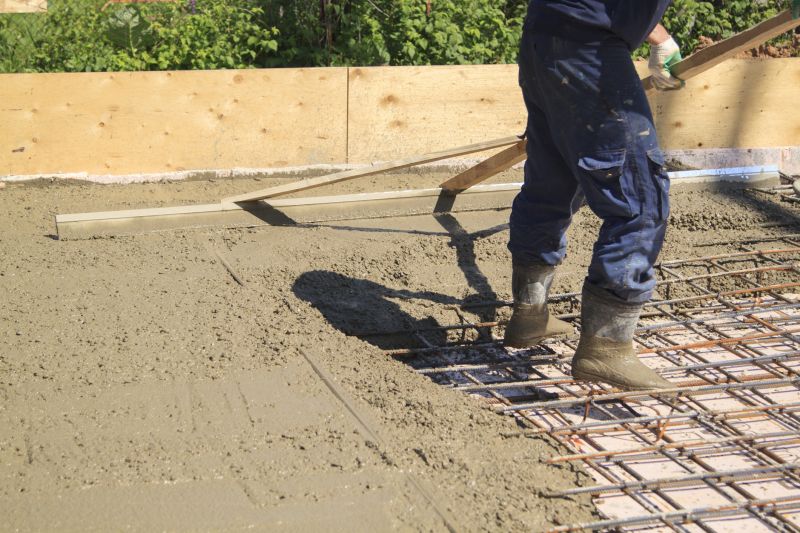
Scheduling concrete work during favorable seasons enhances results.
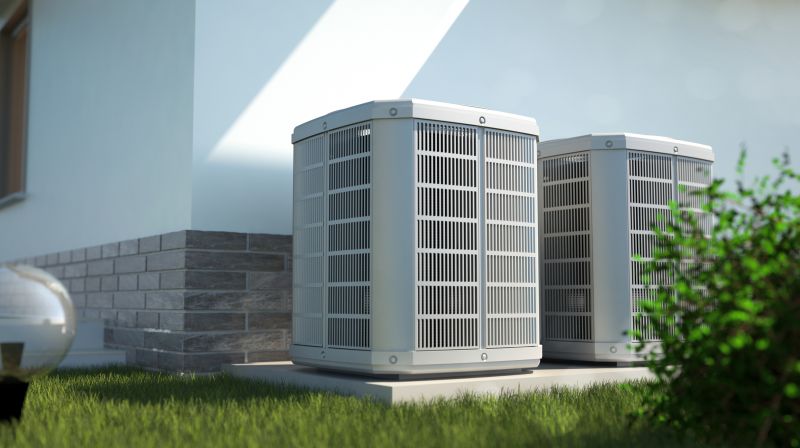
Using heaters or coolers can mitigate extreme weather effects.
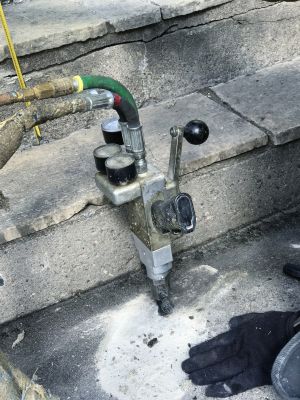
Specialized tools assist in timing and quality control.
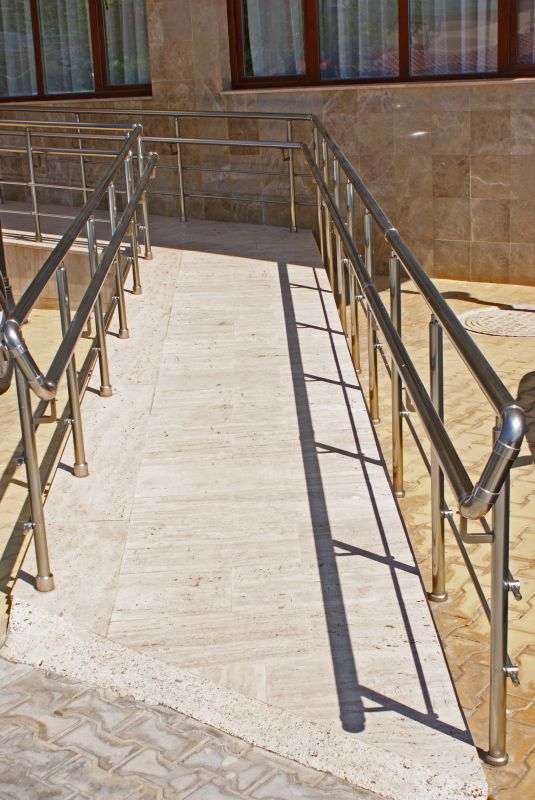
Small tweaks to make Concrete Installations safer and easier to use.
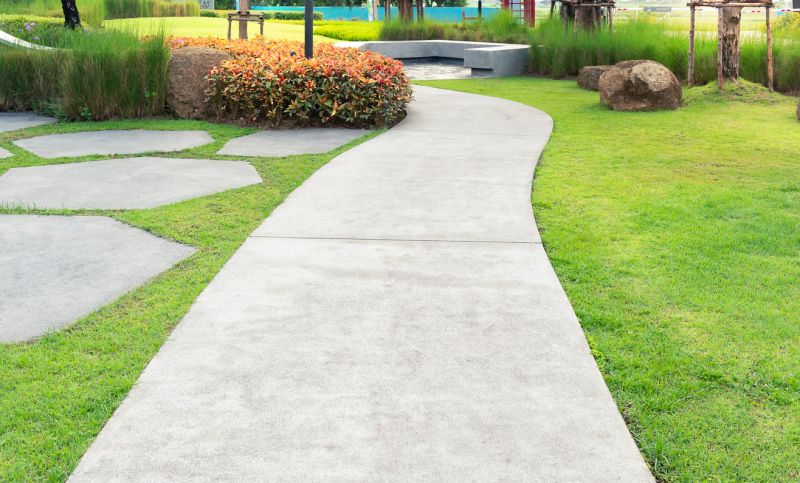
Lower-waste or water-saving choices for Concrete Installations.

The short, realistic tool list for quality Concrete Installations.
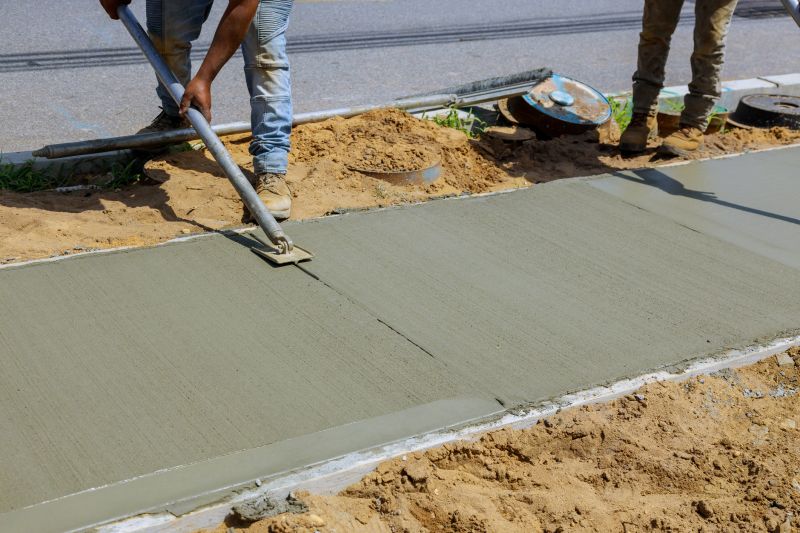
Rough timing from prep to clean-up for Concrete Installations.
Choosing the right time for concrete installation is crucial for achieving a durable and high-quality surface. Proper planning around seasonal weather patterns and temperature fluctuations ensures the longevity of the concrete structure. Consulting with experienced professionals can help determine the best window for each project, reducing potential issues caused by unfavorable conditions.
Fill out the contact form to discuss scheduling and get expert advice on timing for your project.
